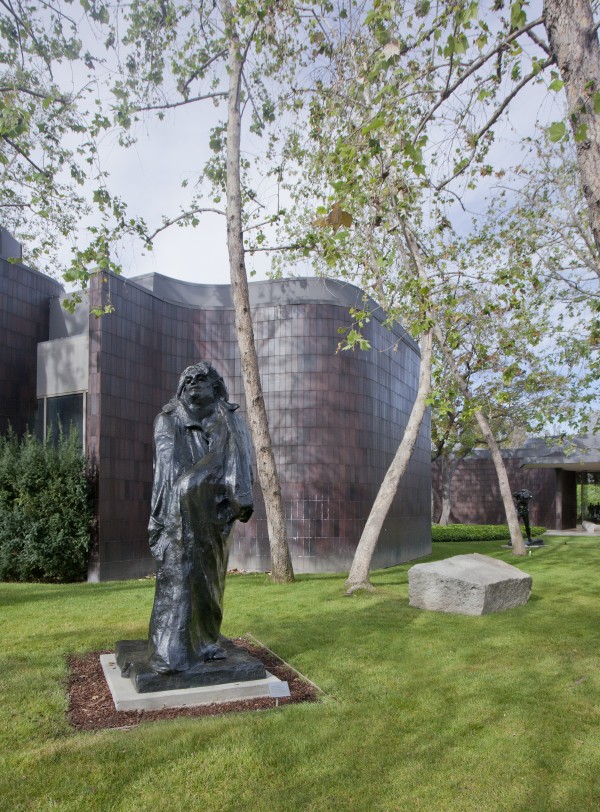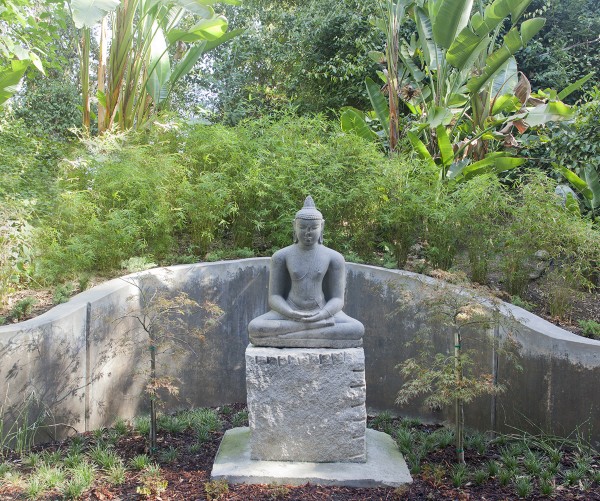In Western European and Asian cultures, urban gardens offering a sense of peace and tranquility, are notable for their individualities. They contribute a sense of civility to the societies which host them. Some of them are private, others are public.
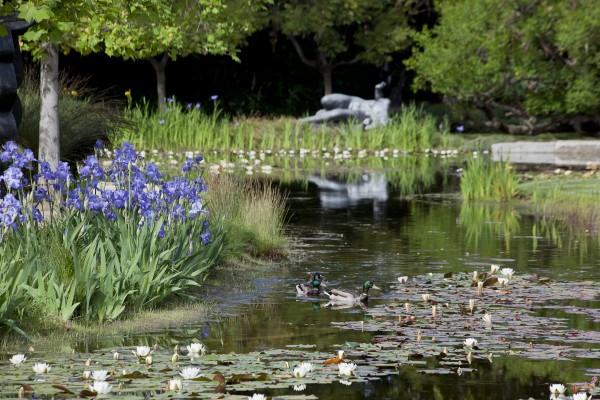
When one is in the presence of a notable garden, the experience is gratifying and long lasting. The Norton Simon Sculpture Garden, is not only notable, but exquisite in detail. It provides a memorable and gratifying moment of exposure to sensitively planted vegetation and admirable sculpture.
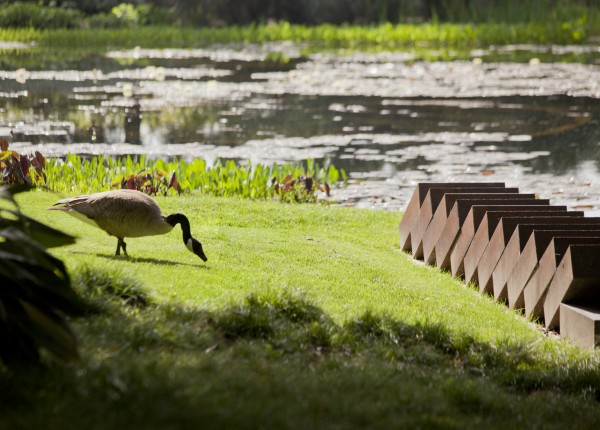
The museum and the garden represent two sides of the same coin. The museum’s notable collections are housed within an adjacent structure dating from 1969, designed as the home for the Pasadena Museum of Art to display contemporary art. On March 1, 1973, it became the Pasadena Museum of Modern Art. As a consequence of financial difficulties, the Pasadena Museum of Modern Art concluded an agreement with Norton Simon, who already possessed a considerable collection of Western European and Asian art. In October 1975, the museum’s name was changed to the Norton Simon Museum of Art at Pasadena.
Norton Simon died on June 2, 1993. As a tribute to her husband, Jennifer Jones Simon oversaw the major renovation of the interior galleries by Frank Gehry between 1996 and 1999. He was assigned the task of remodeling the original building to create an environment more hospitable to Norton Simon’s extensive collections. The sculpture garden renovation by Nancy Goslee Power was completed in 2000.
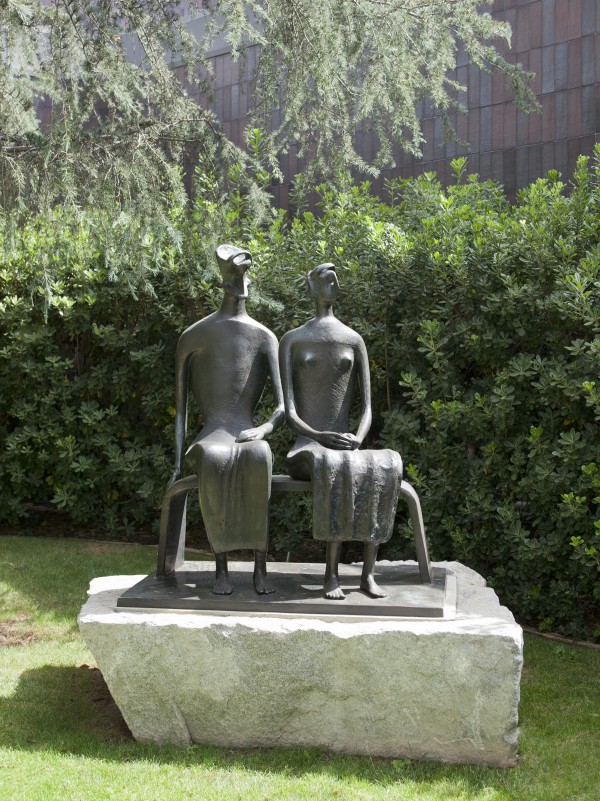
However, the garden has its own history which contributes to one’s current outdoor experience. Like every acre of land in California, this one has its Native American and Mexican progenitors. Nineteenth century Pasadena residents transformed this plot of native barren chaparral into a lush garden called “Carmelita,” in recognition of its stewardship in the hands of Jeanne Carr. She planted some 200 species of trees and shrubs and created a pond of waterlilies containing a variety of fish.
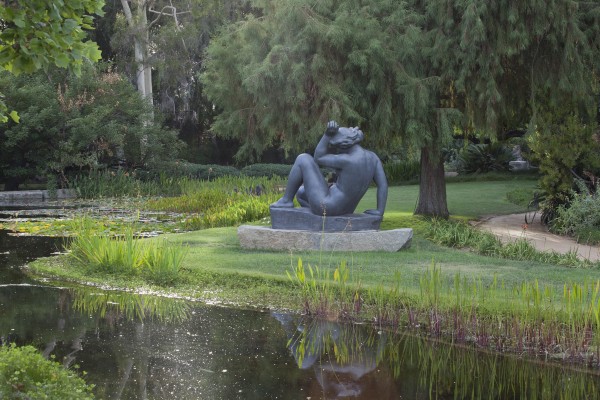
The Norton Simon Garden represents a continuation of the Western European garden tradition born in 15th century Italy. The expansion of commerce and industry along with the concomitant growth of population was transforming urban environments and their surrounding agrarian landscapes. The humanistic ideals of study and contemplation, products of the Renaissance, sought refuge in spaces isolated from the everyday world. Gardens provided tranquility. (It is interesting to note that the Norton Simon’s Garden wall separates it from the freeway to be found immediately behind that wall.) However, the strict geometry of Italian Renaissance gardens did not play a role in the design of this garden. It is more an inheritor of the 18th century naturalistic English landscape garden style which emphasizes native plant life and the natural patterns produced by self-spreading and self-seeding blended with a sprinkling of Asian influence.
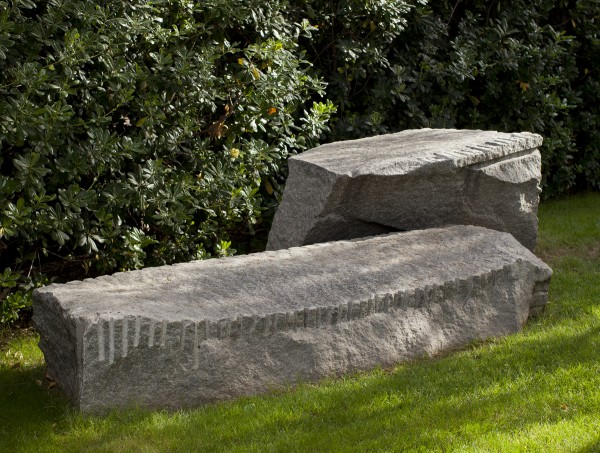
Nancy Goslee Power, designer of the transformed garden, said that Mrs. Jennifer Jones Simon, widow of the benefactor, wanted to have “a garden like Giverny, Monet’s celebrated garden in Normandy…” She continued, “As a visitor to Giverny I had enjoyed the fullness, the overblown masses of color, and the sheer abundance. Exuberant plantings covered the paths, climbed walls and trellises, and cascaded into the pond…
“It’s natural for California gardens to show Asian influence, just as the East Coast looks to Europe for inspiration, the West Coast looks to Asia. Subconsciously I am influenced by Japanese gardens … The idea of a Japanese stroll garden made a perfect complement to the idea of Giverny; it would add structural elements Giverny lacked and bring some needed order to its riotous lushness.”
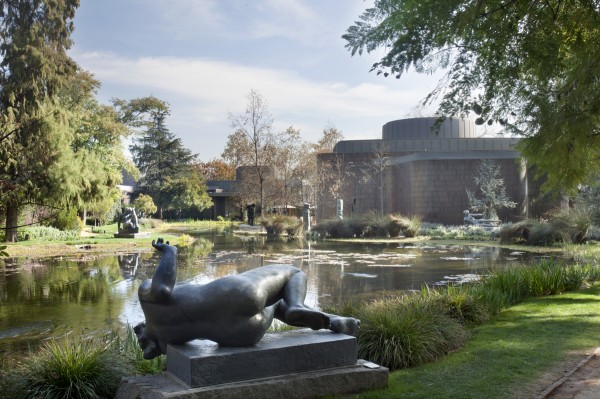
To accompany this anniversary celebration, the Museum has published a notable book, A Living Work of Art, containing complementary text and lush photographs by Tim Street-Porter which do full justice to both the vegetation and sculpture within its precincts.
